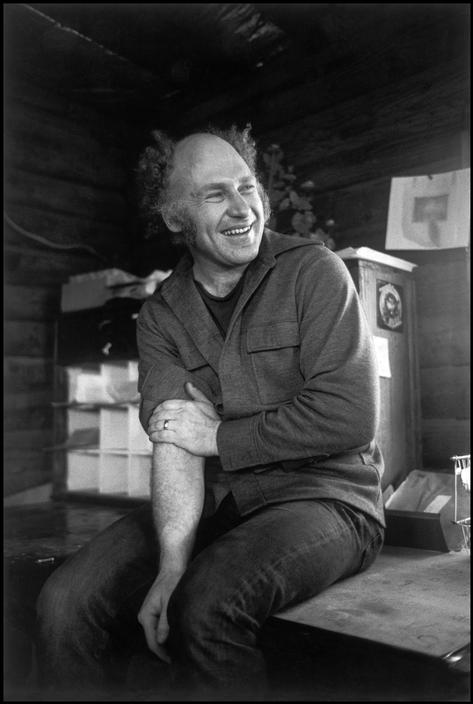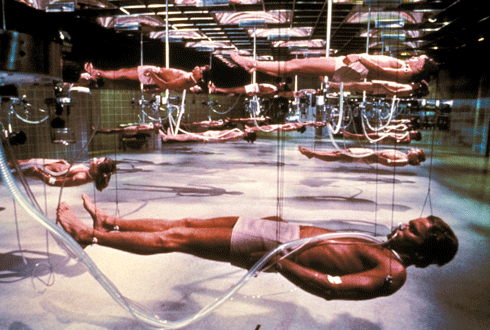In 1976, One Flew Over the Cuckoo’s Nest opened to tremendous critical acclaim, but author Ken Kesey, who adapted his own novel for the film version, felt ripped off financially and planned on suing the film’s producers Michael Douglas and Saul Zaentz. Kesey was simultaneously having a feud with Whole Earth Catalog legend Stewart Brand. From John Riley’s People profile from that year about the litigious writer who was at the time running his own cattle farm in Oregon:
In 1959, at a VA hospital in California, Kesey volunteered as a subject for early unpublicized experiments on the effects of LSD. That experience, plus a subsequent job there as night attendant in a psychiatric ward, enabled him to write convincingly about the fictional Randle McMurphy and the other cuckoos nesting in the pages of his first novel.
A more celebrated brush with bedlam was Kesey’s life with the Merry Pranksters—the name given a group of young drug-takers he teamed up with in the mid-’60s. In the Pranksters’ short-circuited philosophy of life, a person was “either on the bus or off the bus”—a doper or a drag. No one was more emphatically “on the bus” than Kesey himself, who owned the actual 1939 International Harvester vehicle in which the Pranksters tripped across the U.S.A. (Tom Wolfe described the bizarre journey of these psychedelic sharpshooters in his 1968 book The Electric Kool-Aid Acid Test.)
But things change. These days Kesey, now 40, has turned from raising Cain to raising cattle and is a member of the PTA in Pleasant Hill, a small farming community five miles from Eugene.
A recent visitor finds Kesey, in greasy coveralls, heaving bales of hay to his 30 head of beef. One, a crazy Angus steer named Sonofabitch, has broken through a casually constructed fence to reach the lush grass near some blueberry bushes. Soon the animal returns, bawling, and farmer Kesey watches the bucolic scene with apparent contentment. He signals his 9-year-old daughter, Sunshine, to drive the Ford tractor back toward the converted red barn that is their home. He chases down a calf named Frivol. Then, cradling the long-legged creature in his powerful arms, Kesey runs laughing after the tractor.•



